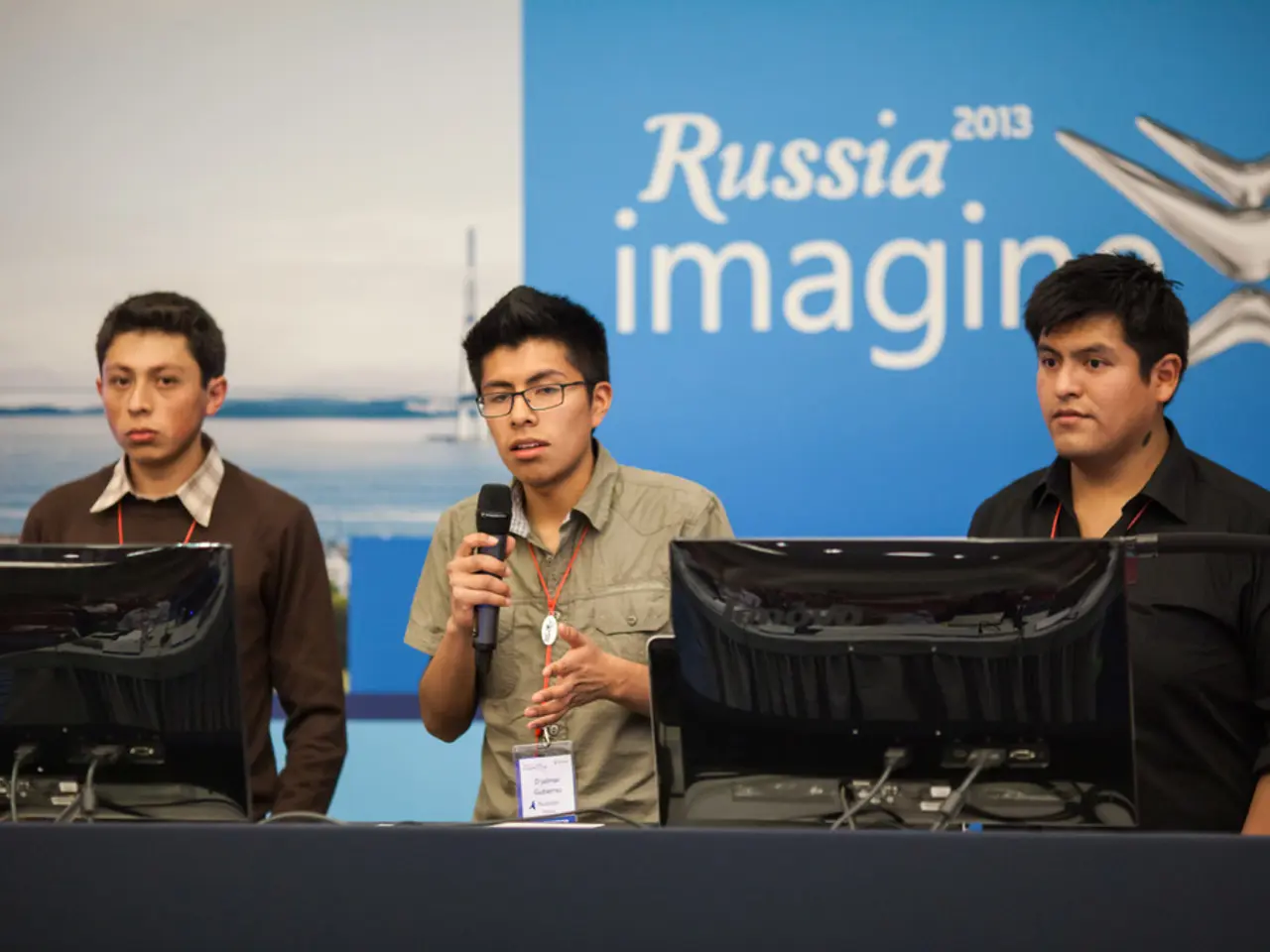Kevin Knuth speaking at the SOL Foundation Symposium
In the realm of science, the study of Unidentified Aerial Phenomena (UAP) presents a unique challenge due to the diverse nature of observations, as highlighted by leading researcher Bob McGuire. At the SOL Foundation Symposium in November 2023, experts including Kevin Knuth, an Associate Professor of Physics at the University of Albany, emphasised the need for rigorous scientific methods, multidisciplinary studies, and evidence-based approaches to better understand these enigmatic occurrences.
Knuth's team at UAPx is pioneering innovative research, utilising a handheld nuclear fusion reactor to attract UAPs and gain further insights into their operations and technologies. One of the key findings from their recent field expedition around Laguna Beach, California, was the discovery of bright white dots in a dark spot, an anomaly that remains unexplained despite thorough analysis.
The symposium, hosted by the Nolan Laboratory and the Stanford School of Medicine, underscored the importance of advanced scientific methodologies and interdisciplinary collaboration. Researchers advocate for multidisciplinary studies, involving aerospace engineering, meteorology, physics, and artificial intelligence, to better collect and interpret data.
One of the challenges in this field is acquiring consistent high-quality data and developing reliable tracking and sensing technologies. The current status of academic research involves applying these methods to analyse observational data, with the goal of understanding and explaining UAPs.
Knuth has proposed a hypothetical taxonomy for UAP, using a system similar to the traditional biological classification system, to help categorise these phenomena. UAPs, he suggests, are not a single entity but rather a class of phenomena, indicating a variety of different types or "taxa" that are yet to be understood.
One of the intriguing aspects of UAPs is their transmedium capabilities, the ability to move seamlessly between air and water without apparent resistance. Another puzzling factor is the absence of energy dissipation when UAPs decelerate from high speeds, which contradicts our current understanding of physical laws.
The symposium also discussed the extraordinary physics associated with UAPs, including their ability to perform sudden and instantaneous accelerations, achieve hypersonic velocities without leaving signatures, and travel through different mediums without observable effects.
Knuth has made significant contributions to the study of UAP, advocating for more vigilant monitoring of Earth's oceans and other planetary bodies with oceans in our solar system to discover more about UAPs. He also discussed the luminosity of UAPs, which sometimes emit light with an intensity comparable to that of nuclear power plants.
In conclusion, the SOL Foundation Symposium emphasised the importance of advanced scientific methodologies and interdisciplinary collaboration to study UAPs rigorously. While most cases can be explained, some anomalies persist, highlighting the need for continued research amid challenges in data collection and interpretation. The call for evidence-based, neutral terminology (UAP rather than UFO) aims to remove preconceived notions about extraterrestrial origins and focus on empirical data.
- Bob McGuire, a leading researcher, highlights the unique challenge of studying Unidentified Aerial Phenomena (UAP) due to the diverse nature of observations.
- Knuth's team at UAPx is spearheading innovative research, employing a handheld nuclear fusion reactor to attract UAPs and gain insights into their operations.
- One of Knuth's key findings from a recent field expedition was the discovery of bright white dots in a dark spot, an anomaly that remains unexplained despite analysis.
- The symposium emphasized the importance of advanced scientific methodologies and interdisciplinary collaboration for studying UAPs, involving aerospace engineering, meteorology, physics, and artificial intelligence.
- Knuth proposes a hypothetical taxonomy for UAP, using a system similar to the traditional biological classification system, to help categorize these phenomena as a class rather than a single entity.
- An intriguing aspect of UAPs is their transmedium capabilities, the ability to move seamlessly between air and water, and their strange physics, such as sudden accelerations, hypersonic velocities without signatures, and travel through different mediums without observable effects.
- Knuth advocates for continued research, urging vigilant monitoring of Earth's oceans and other planetary bodies with oceans in our solar system to discover more about UAPs, which sometimes emit light with an intensity comparable to nuclear power plants.




